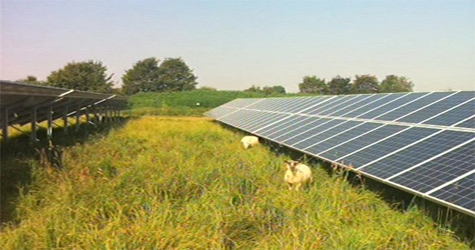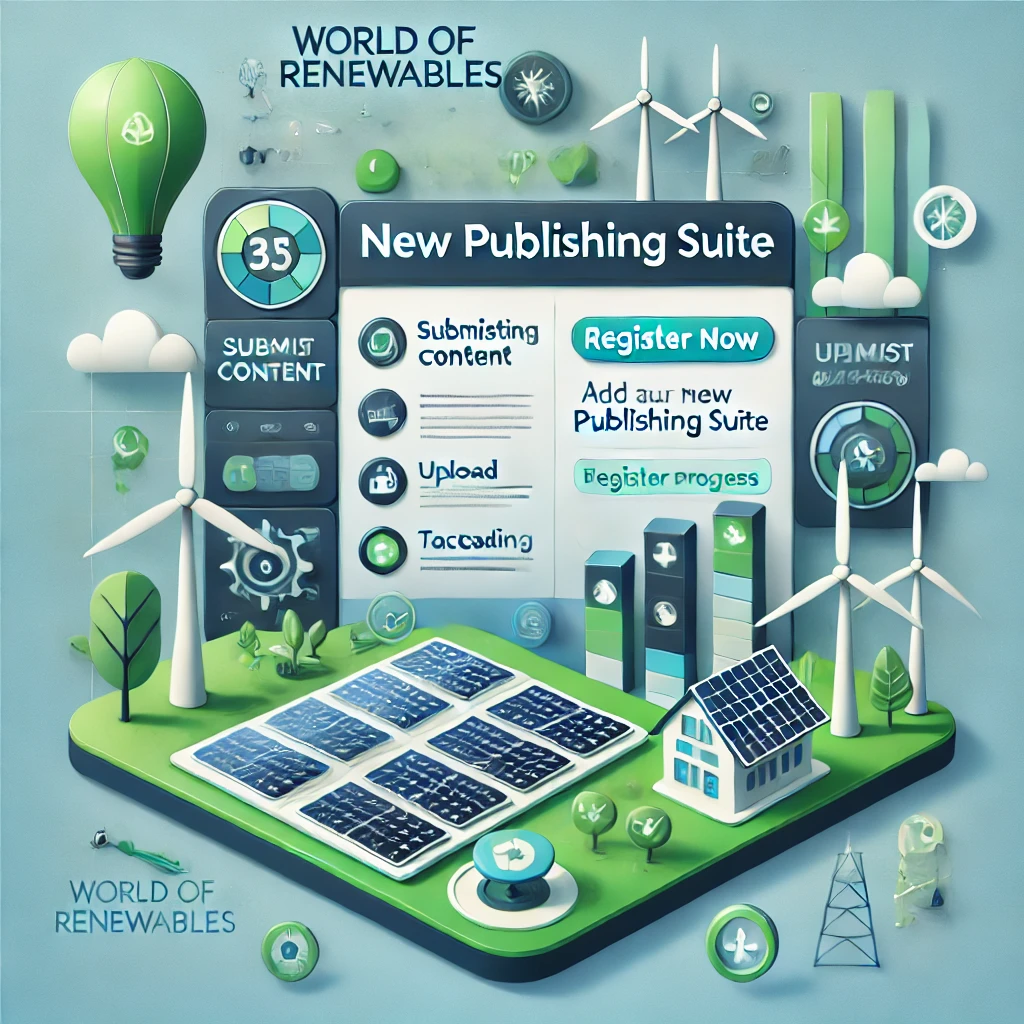Solar farms typically take up less than 5% of the land they are on leaving huge scope to develop protected habitats to support local wildlife and plantlife.
Expert advice on how to optimise biodiversity on solar farms is being launched today at Kew Gardens by the BRE National Solar Centre (BRE NSC). The guidance has been authored by ecologist Dr Guy Parker in partnership with The National Trust, RSPB, Plantlife, Bumblebee Conservation Trust, Eden Project, Buglife, Wychwood Biodiversity, Wiltshire Wildlife Trust and the Solar Trade Association (STA).
Sponsors
Sponsors
Solar farms typically take up less than 5% of the land they are on leaving huge scope to develop protected habitats to support local wildlife and plantlife. Many species benefit from the diversity of light and shade that the solar arrays provide. The guidance urges solar farms to be considered in the context of existing designated habitats and corridors to help improve the overall network of spaces for wildlife. Aimed at planners, ecologists, developers, clients and landowners, it outlines the options for maximizing this potential and explains a very wide range of habitat enhancements, from beetle banks to winter food planting for birds.
One of the case studies in the study features a partnership by Solarcentury and the Bumblebee Conservation Trust to boost bumblebee populations, which have been in significant decline in recent years due to more intensive farming practices.
Jonny Williams Associate Director of the BRE NSC said; “Solar farms are already the most popular form of local energy development but their potential to protect British wildlife is attracting huge interest. The BRE NSC has been working to define best practice for solar farms and we have developed this specific biodiversity guidance to help conservation groups, communities, solar developers and planners deliver great results for nature.”
Patrick Begg of the National Trust who is speaking at the launch today said; ““New renewable sources, such as solar farms, are vital if we are to generate the low carbon, clean energy that we need to power the nation but they must be developed in tune with the landscape. Following the industry’s launch of 10 Commitments to ensure quality solar farms last year, we were keen to work with the solar industry to develop detailed guidance on using solar farms to boost biodiversity.”
Harry Huyton of RSPB said; “The recent UN Intergovernmental Panel on Climate Change (IPCC) report shows that unless we change our energy systems climate change will devastate our countryside. The IPCC are also clear that solar power has a huge role to play. It is particularly satisfying to see clean solar energy being used to protect the species that fossil fuels are putting at risk. The RSPB is keen to work with solar developers to help support farmland birds, numbers of which have declined dramatically.”
Research by the guide’s author Dr Guy Parker shows that solar farms demonstrably increase biodiversity compared to farmed or neglected land. The BRE NSC guide makes clear that monitoring and learning from experience will be essential on solar farms.
STA CEO Paul Barwell said ‘Our 10 Commitments set out the direction of travel for the solar farm industry, which is to deliver multiple benefits, not only for the climate, but for the British countryside. There is huge enthusiasm amongst our membership to turn solar farms into an even greater force for environmental good by providing safe and protected spaces for our vulnerable and declining wildlife and plant species. We very much look forward to seeing partnerships blossom between conservation groups and our members.’
Around 2.5GW of solar farms have already been delivered in the UK. The new guidance will help to encourage more interest in the development of solar farms not only for renewable energy generation but also for the biodiversity benefits which will in the long term protect and enhance our wildlife and environment for future generations.
The STA wants to see around 10GW by 2020 which would require around 0.1% of UK land, less than the area used for non-food crop like linseed. Existing guidance by the NSC makes clear that conflict with food production should be avoided by using low grade agricultural land and brownfield sites. However, conservation groups are concerned that many agricultural soils are exhausted and intensive agriculture is harming wildlife populations.
The report is available to download from www.bre.co.uk/nsc








